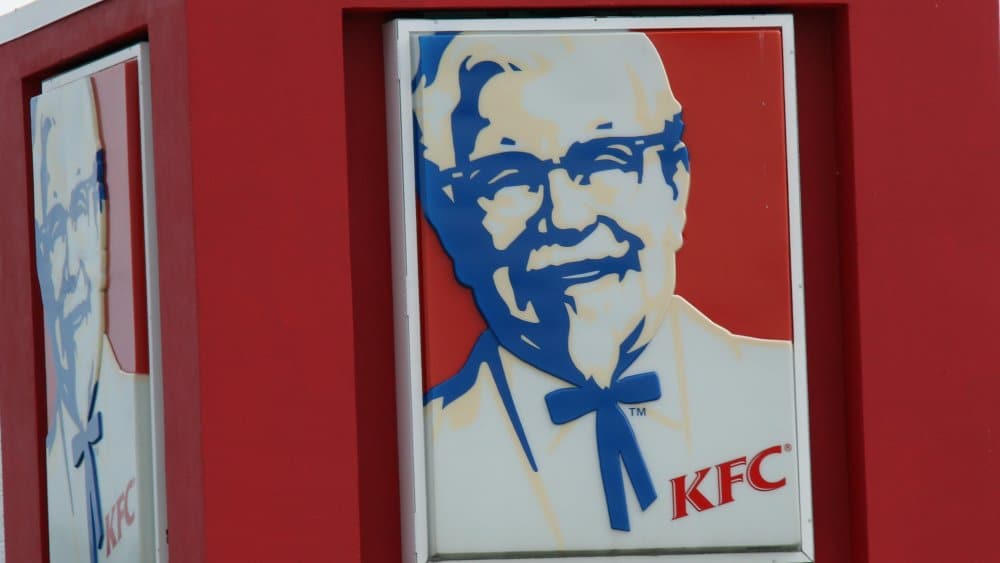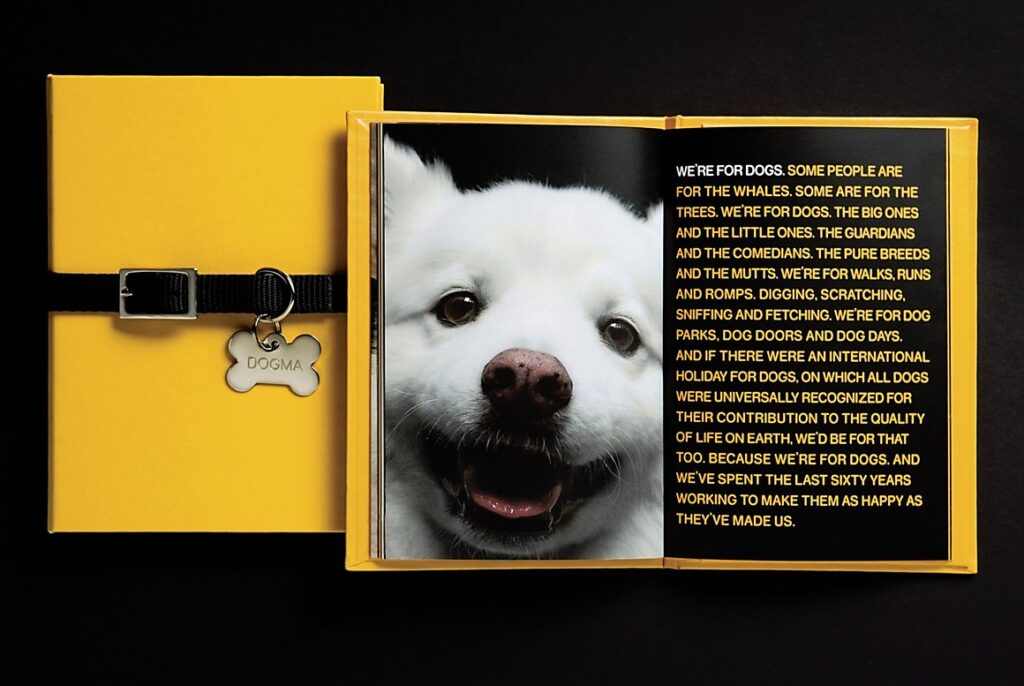Identifying and Capitalizing on Dormant Brand Assets

“Brand assets” play an important part in its success. Perhaps it may be best to look into the past..for the future.
While it’s true that marketers have a penchant for the future and have to be in sync with current consumer behaviour, it’s frequently wise to look back into a brand’s history in order to unearth any lost connections that may have contributed to the brand’s success. Which connections should you prioritise? Anything from getting in touch with the brand’s roots to learning what has contributed to the brand’s success over time to rediscovering dormant brand assets that can be updated to help it stand out are all examples of what we mean by “reconnecting with the brand’s roots.”
Thums Up, which, after dabbling in a few different directions, has settled back on the slogan “Taste the Thunder.” At first, Thums Up was positioned as a taste-based brand, but the company eventually abandoned that motto in favour of more meaningless creativity. Instead of focusing on the product, the focus shifted to the celebrity. Even while the star power is undeniably there, we’re still focusing our attention where it belongs: on Toofani Thanda.

When KFC hit hard times a few years back in the US, they decided to reintroduce the Colonel in a modernised and iconic form, after he had been absent for over two decades. The justification for this was to return to KFC’s roots by “not taking shortcuts” and focusing on quality like Harland Sanders did when he first started the company. By reviving Colonel Sanders as a brand asset and emphasising his dedication to quality (“no taking shortcuts”), KFC was able to increase its sales.

In the early 2000s, Pedigree Dog Food had some difficulty. Brands on both sides launched an assault against it. Brands that were previously prohibitively expensive while being promoted as “healthier” began to drop in price, while other brands offered comparable or even higher quality for a lower price. After the initial shock subsided, Pedigree did what any sensible company would do: it attempted to squeeze margins. Still, it didn’t change anything. When Pedigree probed further, they found that they had forgotten their original motivation for starting the company. They had gotten into the business because they loved dogs ( the owners of the Mars family are passionate dog lovers). That was the soul that they rediscovered. They then adopted a 360-degree campaign, which changed the perspective of the brand.

Here are some places to start thinking about the past if you feel the urge to do some reflecting.
- Examine the company’s history to learn more about its origins and refresh your memories of its founders’ core beliefs and overarching goals.
- Consult with old and ex-employees to learn more about the firm’s history, growth, and current worth. Inquire as to how they feel the present compares to the past. Inquire about their personal experiences with the firm and its creator.
- Analyse the brand’s sales data to find the most successful years and figure out why they were so.
- You should consult with advertising firms, particularly those that have been around for a while (or teams that handled the older communication). Analyze the brand’s advertising and design archives to find examples of materials that have been shown to be effective in the past, and wonder why they were chosen.
- To learn the significance that long-time customers have attached to the brand, it’s essential to consult with them. Get them to talk about their personal experiences with the brand.
Reference
www.brandingstrategyinsider.com/how-to-find-and-leverage-forgotten-brand-assets/



